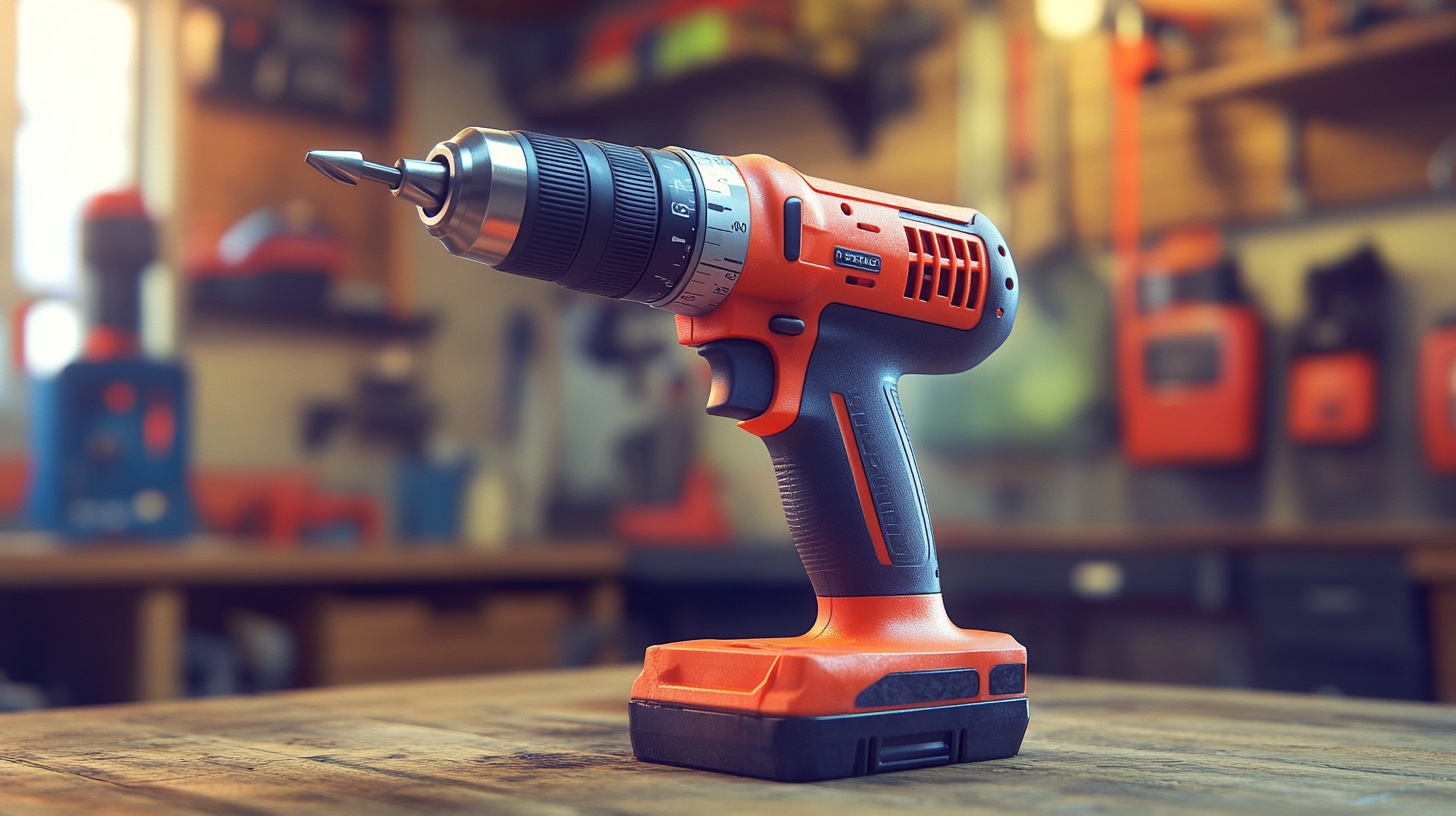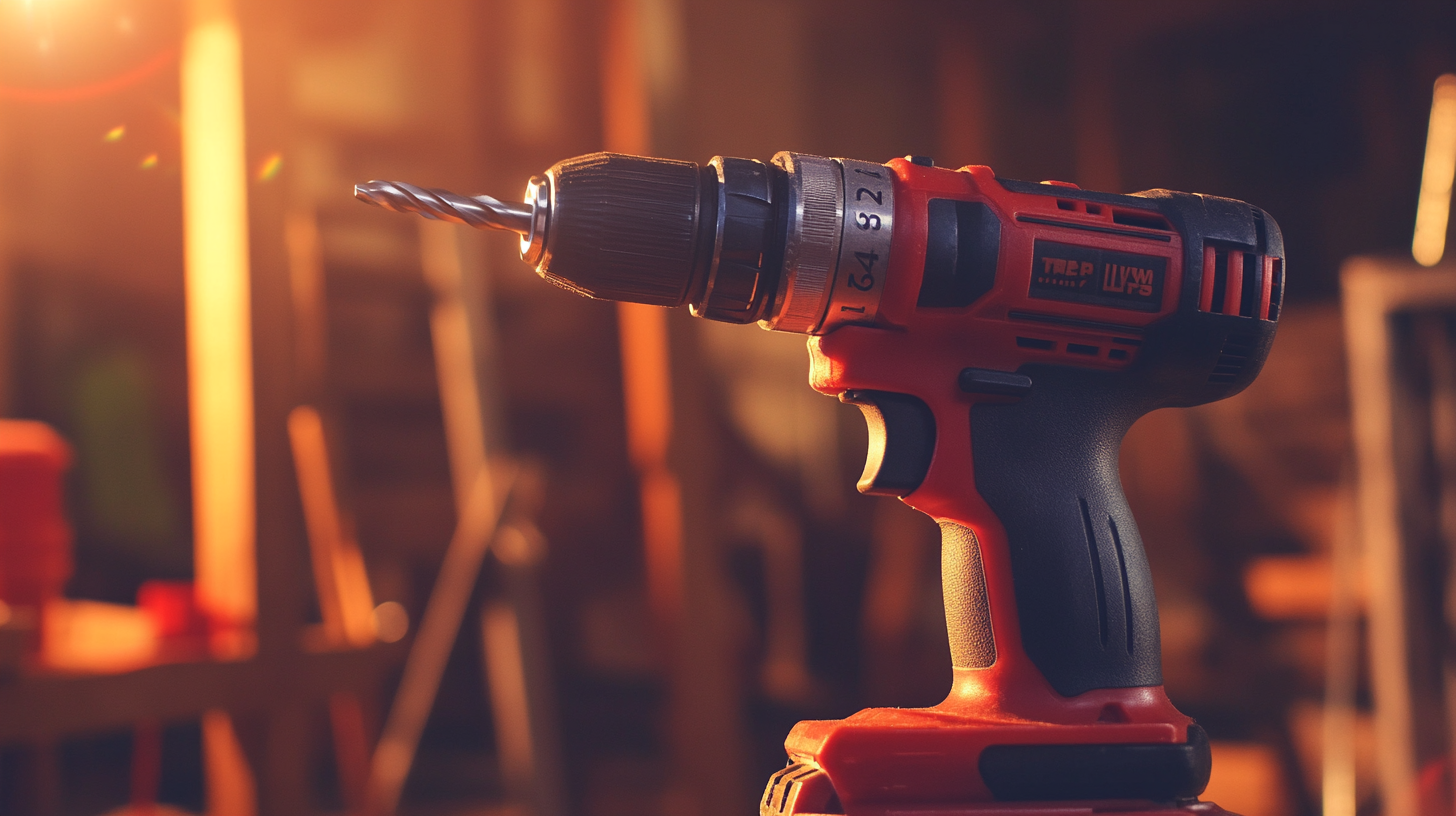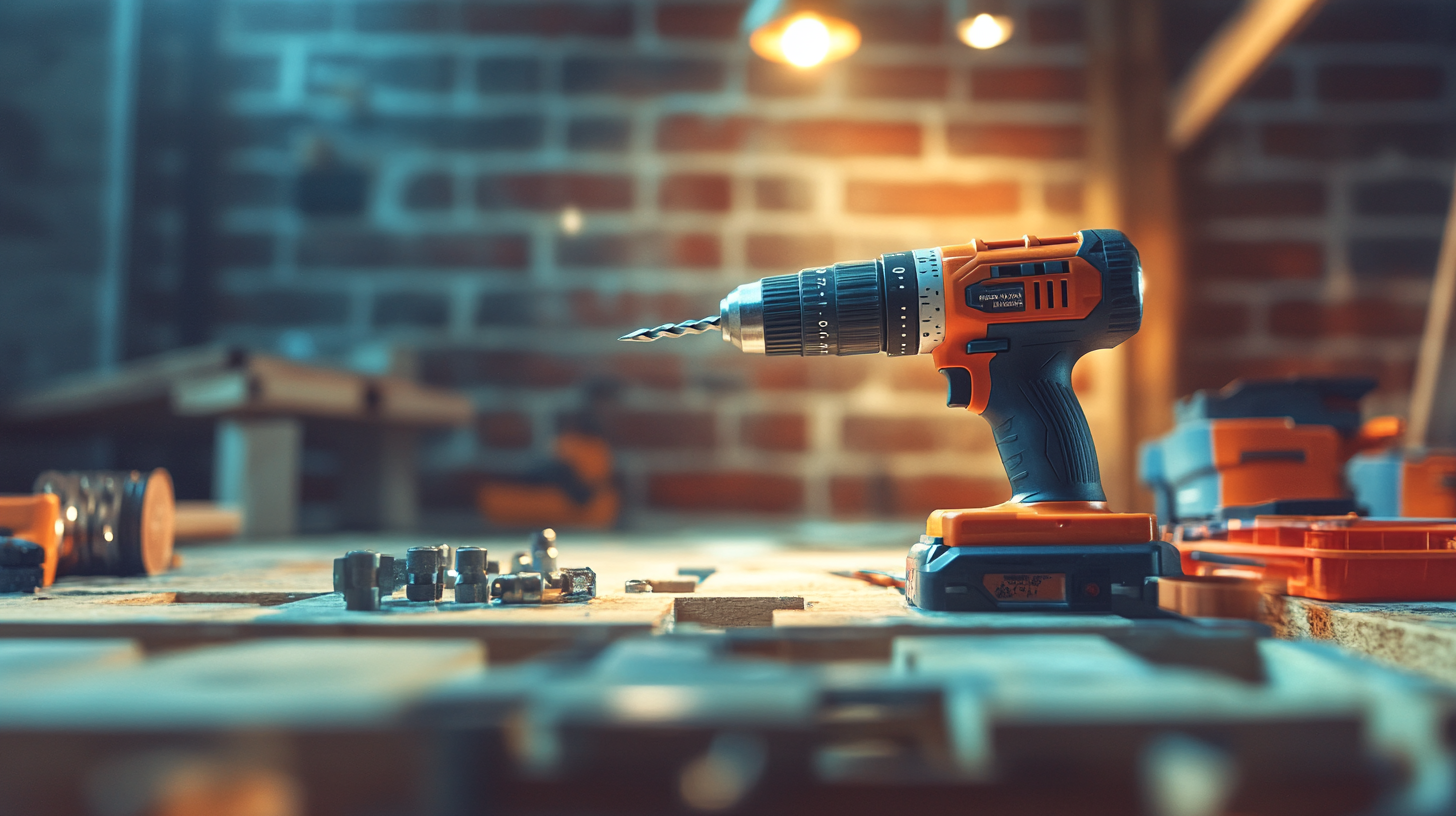 English
English-
 English
English -
 Español
Español -
 Português
Português -
 русский
русский -
 Français
Français -
 日本語
日本語 -
 Deutsch
Deutsch -
 tiếng Việt
tiếng Việt -
 Italiano
Italiano -
 Nederlands
Nederlands -
 ภาษาไทย
ภาษาไทย -
 Polski
Polski -
 한국어
한국어 -
 Svenska
Svenska -
 magyar
magyar -
 Malay
Malay -
 বাংলা ভাষার
বাংলা ভাষার -
 Dansk
Dansk -
 Suomi
Suomi -
 हिन्दी
हिन्दी -
 Pilipino
Pilipino -
 Türkçe
Türkçe -
 Gaeilge
Gaeilge -
 العربية
العربية -
 Indonesia
Indonesia -
 Norsk
Norsk -
 تمل
تمل -
 český
český -
 ελληνικά
ελληνικά -
 український
український -
 Javanese
Javanese -
 فارسی
فارسی -
 தமிழ்
தமிழ் -
 తెలుగు
తెలుగు -
 नेपाली
नेपाली -
 Burmese
Burmese -
 български
български -
 ລາວ
ລາວ -
 Latine
Latine -
 Қазақша
Қазақша -
 Euskal
Euskal -
 Azərbaycan
Azərbaycan -
 Slovenský jazyk
Slovenský jazyk -
 Македонски
Македонски -
 Lietuvos
Lietuvos -
 Eesti Keel
Eesti Keel -
 Română
Română -
 Slovenski
Slovenski -
 मराठी
मराठी -
 Srpski језик
Srpski језик
X
We use cookies to offer you a better browsing experience, analyze site traffic and personalize content. By using this site, you agree to our use of cookies.
Privacy Policy


 In the dynamic landscape of construction and manufacturing industries, efficiency and versatility are paramount. Among the tools that have revolutionized these fields, the Cordless Electric Drill stands out as an indispensable ally for professionals and DIY enthusiasts alike. This advanced tool not only enhances productivity through its portability and ease of use but also provides unrivaled access to tight spaces and complex projects. As we delve into the myriad of benefits offered by the Cordless Electric Drill, we will explore its real-world applications that streamline work processes, reduce downtime, and ultimately contribute to the success of construction and manufacturing endeavors. Whether you are installing fixtures, assembling furniture, or managing large-scale projects, understanding the advantages of this powerful tool can significantly impact your operational efficiency and outcomes.
In the dynamic landscape of construction and manufacturing industries, efficiency and versatility are paramount. Among the tools that have revolutionized these fields, the Cordless Electric Drill stands out as an indispensable ally for professionals and DIY enthusiasts alike. This advanced tool not only enhances productivity through its portability and ease of use but also provides unrivaled access to tight spaces and complex projects. As we delve into the myriad of benefits offered by the Cordless Electric Drill, we will explore its real-world applications that streamline work processes, reduce downtime, and ultimately contribute to the success of construction and manufacturing endeavors. Whether you are installing fixtures, assembling furniture, or managing large-scale projects, understanding the advantages of this powerful tool can significantly impact your operational efficiency and outcomes.

 In the construction and manufacturing industries,
In the construction and manufacturing industries,